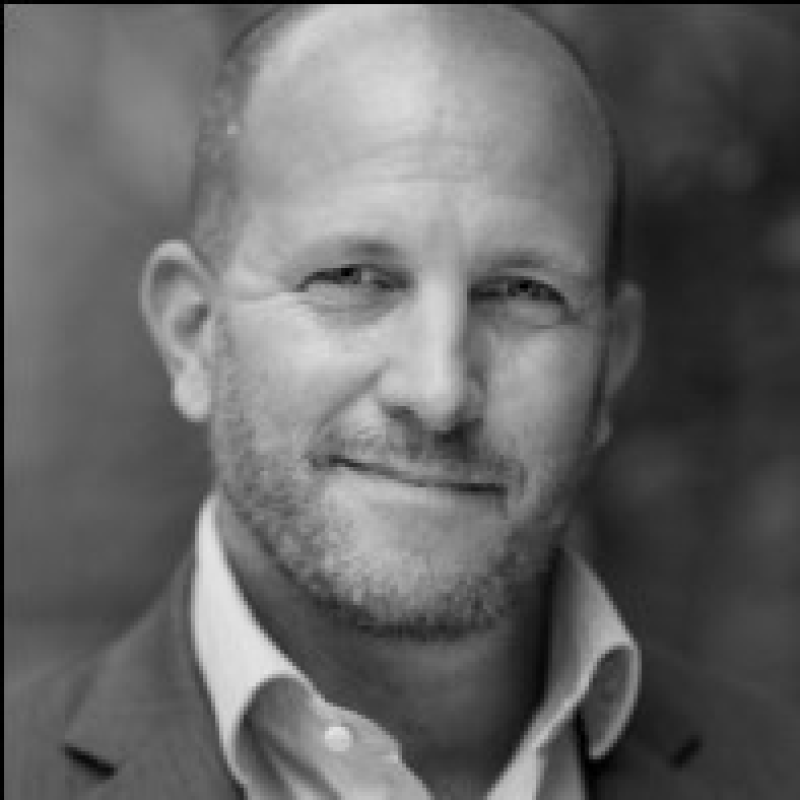On July 15th 2025, the world of crisis PR was utterly turned on its head when a kiss cam clip of the, now former, CEO of Astronomer Andy Byron cuddling up with his chief people officer Kristin Cabot went viral.
The Astronomer scandal has been a learning curve for all media professionals. As journalists were falling prey to AI deepfake statements, PR were watching in disbelief as the newscycle began to resemble The Neverending Story.
Timeline of events (accurate as of 23 July)
July 15, 2025
Astronomer CEO Andy Byron and chief people officer Kristin Cabot attend a Coldplay concert at Gillette Stadium.
During the concert, they are featured on the ‘kiss cam’ showing them embracing, but the pair hide from the camera, prompting Coldplay frontman Chris Martin to joke: "either they're having an affair or they're just very shy”.
Footage of the incident is uploaded to TikTok.
July 16, 2025
The video goes viral across all social platforms, while the internet quickly reveals Byron and Cabot’s identities, workplace connection and martial status.
Memes begin to flood social media, the video becomes a viral trend.
A suspected AI deepfake statement from a parody account pretending to be Byron is released, and is picked up by global publications.
July 17, 2025
The fake statement, including a nod to Coldplay’s track Fix You circulates widely and is later confirmed as a fake by Astronomer.
.The video’s virality attracts toxic discourse, which results in misidentification and doxxing of those involved
Byron’s wife is reported to remove her social media presence.
July 19, 2025
Astronomer confirms that Byron is on leave and later reveals he has tendered his resignation. Byron and Cabot reportedly delete their LinkedIn profiles.
Fake videos begin to appear of Byron's wife releasing a tearful statement.
July 20, 2025
Former employees release “tell all” stories about Byron’s personal and professional life.
Astronomer appoints Pete Dejoy as interim CEO.
July 21, 2025
DeJoy releases a statement on LinkedIn: “The spotlight has been unusual and surreal for our team and, while I would never have wished for it to happen like this, Astronomer is now a household name”.
In just six days, the lessons for PR on how to craft a good post-scandal statement are rife, but what can public relations and comms professionals do when their CEO is in a media circus?
Our very own Good and Bad PR columnist and crisis comms professional Andy Barr committed his views to video:
@prmomentuk @DadBond discusses Astronomer’s CEO’s Coldplay faux pas and whether or not it’s caused any lasting reputational damage. PS don’t worry — we’re told the lens cap still being on was for comedic effect 👀 #astronomer #coldplay #pr #brandawareness #fyp ♬ Yellow - Coldplay
Radical transparency is needed
Jordan Greenaway, CEO of Profile, said: "PR has a habit of making crises sound more complicated than they are. Some parts of the industry like to dress it up as the 'dark arts.' It isn't.
"If a crisis hits, the CEO needs to default to radical transparency. Whatever the crisis, they need to own it, explain it, and disclose all the facts. Half-truths or hedging won't work. The public can tell when something doesn't add up, and the full story always comes out in the end.
"I usually encourage CEOs to go on video, then post it to their socials and even commit to taking questions in the comments. It's uncomfortable, but it beats being absent from the conversation. CEOs should also lay out a practical, credible plan to show why it will never happen again.
"And it goes without saying, but if you did something unethical, resign. Quickly. Don't drag it out.
"Many CEOs push back. They want to believe the crisis isn't that bad. When I started out, I found myself getting absorbed into the client's rationalisations. But our job isn't to join their justifications. It's to be the calm voice of reality and walk away if they won't hear it. That's what earns trust."
Don't delay your response
Michael Gonzalez, SVP comms strategy at Clarity Global: "Today, CEOs face unprecedented scrutiny. There’s nowhere to hide, and recent high-profile scandals have highlighted just how true this is, and the disastrous consequences everyone affected suffer.
“After a crisis, it is more important than ever for CEOs to be transparent, decisive, authentic, and proactive in their communications. The public and stakeholders expect to see responsibility taken immediately: acting fast, apologising sincerely, and being crystal clear about the steps being taken to address and rectify the situation. The focus must be on rebuilding trust and credibility, which are often the biggest casualties in any scandal.
"Speed is critical. When a response is delayed, the vacuum is quickly filled by speculation and misinformation. The counter-narrative spreads much faster than the facts. Social media and the news cycle move at lightning speed; being slow can cause lasting reputational harm that is difficult to recover from.
"In this day and age, not responding is simply not an option. Silence will be interpreted as indifference or evasion, magnifying the damage and eroding confidence among stakeholders, customers, and the public. Ultimately, leaders who communicate with honesty, speed, and clarity are the ones best placed to steer their organisations through a crisis and emerge stronger."
Khoury-Haq is a shining example
Hayley Goff, CEO, Whiteoaks International.: “It’s not just what CEOs say, but how they say it. When Shirine Khoury-Haq, CEO of the Co-op, appeared on BBC Breakfast to admit to viewers that all 6.5 million Co-op members had their data stolen in the cyber-attack in April, she was communicating clearly on a trusted channel. She also set out the next steps the organisation would take following the attack, including a focus on staff training.
“Silence, a lack of clarity or defensiveness after a major cyber-attack, or any crisis for that matter, can often give rise to damaging speculation and a spread of misinformation. A transparent response via an established communication channel can help brands take control of the messaging that they deliver to customers and the wider public. This helps to prevent the spread of falsehoods and any reputational damage that could result from them.
“A CEO’s direct involvement in the PR response to a fallout is likely to help rebuild trust with customers and the public as it shows the situation is being taken seriously at the very highest level. A direct show of emotion and sense of personal responsibility can also resonate with members and the wider public.”
The tariff for scandal is resignation
Neil Mckeown, crisis PR consultant at Two Footed: “Brief, brief and brief: the three Bs. They need to address the issue professionally, sound like a normal person and not get bogged down in detail. If I mess up at work and hold my hands up then what else is there to say about the initial problem? Obviously, this is massively worse but the point stands. Assuming it's legally ok to do this, that is.
“One good thing to come from this is, I think there will be a lot more buy-in of what the PR team does from management now. A PR team faced with a CEO who says the wrong thing, or nothing, after a scandal, should point to Astronomer. Andy Byron was no one and now he's everywhere, and he will be forever.
“The deepfake statement is something we're all going to have to be ready for. All a PR team can really do is get their own statement/comment out quickly, addressing all issues (don't wait for the media to find out because, in a scandal of this size, they will) and say anything else is a fake. And keep saying it.
“For a CEO facing a scandal like this, they're knackered. The only advice is, don't get in this situation because the tariff has now been set at them resigning.”
PR Masterclass: The Intersection of PR and GEO
Join PRmoment for a Masterclass featuring 10 of the industry’s foremost experts. You will walk away with a clear, actionable strategy for adapting your content to an AI-first search environment.
Taking place on Wednesday 25th February in London, both virtual and in person tickets are available.
Early bird ticket sale ends Friday 9 January.
PR MasterclassIf you enjoyed this article, sign up for free to our twice weekly editorial alert.
We have six email alerts in total - covering ESG, internal comms, PR jobs and events. Enter your email address below to find out more:














